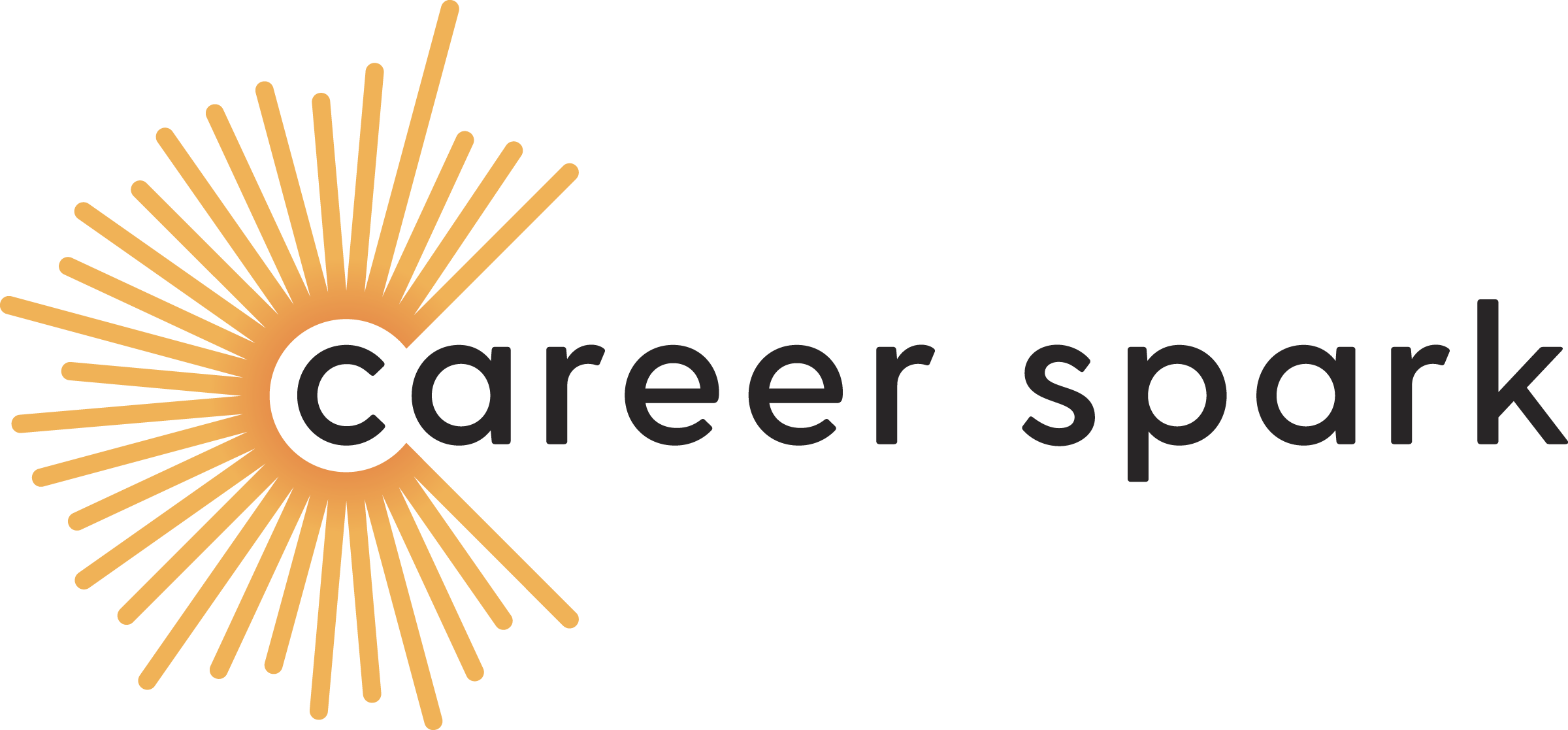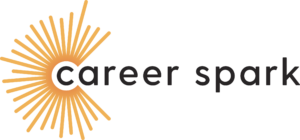This Simple Approach Will Help Your People Learn Twice as Fast

Imagine this: a new piece of employee learning and development technology comes along that could dramatically increase your team’s productivity.
That’s great news, but it means the people on your team need to learn something new. And learning takes time, sometimes lots of it. Unfortunately, some recent research reveals that the way most of us are taught makes learning something new more difficult than it could be.
Bad Forehand
Let’s take a simple example from one of my favorite sports, tennis. I remember a time when I needed to work on my crappy forehand, so my coach booked some lessons to focus on that. We put in grueling sessions where I hit forehand after forehand, trying to perfect new techniques. This approach makes perfect sense—if you believe that practice makes perfect.
Problem is, recent research has poked a big hole in the practice-makes-perfect adage. According to that research, a dramatically better way for me to improve my forehand would be to mix up the lesson with other shots, like backhands, volleys, and serves. I’d be hitting a lot fewer forehands, but I’d be learning new forehand techniques way quicker. (Oh, all those games I could have won if my coach knew this.)
The Mix-up
Researchers call this mix-it-up approach to learning “interleaving.” As an article in PsyBlog puts it, “interleaving has been a secret largely confined to researchers.”
One particular study applied interleaving to how students learn math, something that most people find really hard to learn. They compared the typical teaching approach of focusing on a specific math technique, to an interleaving approach that involved learning different techniques during the same session. (Both groups were taught for the same amount of time.)
The results: the interleaving students did 25 percent better when tested the following day. More impressively, when tested a month later, they did 75 percent better, revealing that interleaving has long-lasting results.
Variety Show
In a day and age when innovation demands constant learning, this bit of research is timely. So, next time your team needs to adopt new skills, try some interleaving. If you’re a healthcare leader who wants to introduce a new medical device to your practice, perhaps your training session could involve multiple devices, or at least a variety of techniques for the same device. If you’re a sales leader who wants to teach your team new closing techniques, perhaps you could practice opening and rapport-building tactics along with new closing approaches. The point is to not fall into the trap of thinking that the only way to learn something new is to focus all your learning time directly on that item.
 Jamie Schneiderman
Jamie Schneiderman
Our Mission: Getting everyone in their right jobs to drive success at work. View more posts by Jamie Schneiderman →
Interested in connecting with me? Send me a note via email or connect with me on LinkedIn













